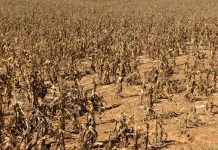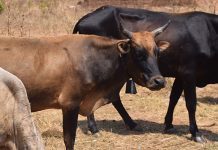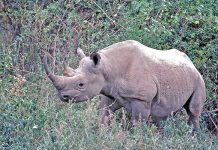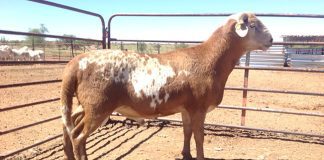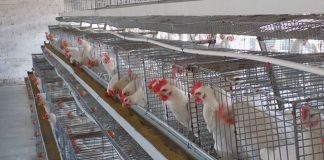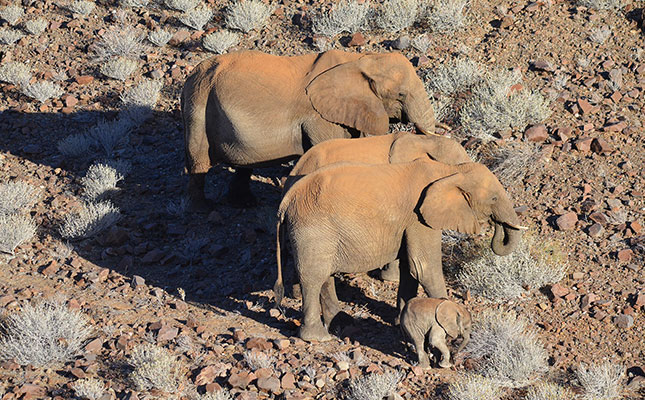
Photo: Pixabay
Conflict between humans and Namibia’s growing elephant population can be described as a “problem of success”, says Colin Nott, a Namibian regenerative agricultural consultant.
Following a two-day workshop organised by the Ministry of Environment, Forestry and Tourism in that country, Nott told Farmer’s Weekly that, at present, the Namibian elephant population was three times bigger than in 1990, as a result of the country’s “excellent wildlife conservation legislation”.
“Currently there is more wildlife outside our national parks than inside the parks. This means that game species such as elephant move into farming and communal areas. The problem is how to marry elephants and farming,” he said.
According to Thinus Pretorius, chairperson of the Namibian Livestock Producers’ Organisation (LPO), the influx of elephants into the commercial farming areas in the north-western parts of the country significantly intensified the effects of the drought.
He said elephants caused considerable damage to infrastructure by breaking fences, damaging dams and water tanks, and pushing over windmills.
“One elephant’s daily intake of food and water [also] equals that of 30 head of cattle,” said Pretorius.
It transpired from the workshop that the number of elephants increased from an estimated 7 680 in 1995 to about 23 660 by 2015.
The three Namibian agricultural unions, namely Namibia Agricultural Union (NAU), Namibia National Farmers Union (NNFU) and the Namibia Emerging Commercial Farmers Union (NECFU), presented a joint draft position paper at the workshop, including national and regional actions to be taken.
According to Nott, the paper was still in draft form and the three unions were in the process of finalising a document on actions to be taken in an effort to mitigate the effects of human-elephant conflict in Namibia.
“Elephants are simply not compatible [with] commercial farming. However, the implementation of measures to mitigate the elephant problems is exceedingly expensive,” he added.
Mitigation expenses would require large-scale fundraising, and this was where real linkages with international role players came in. Nott said it was one thing for organisations to lobby for the protection and conservation of elephants, but it was another challenge to raise the high level of funds needed to manage the challenges for both elephants and humans.


